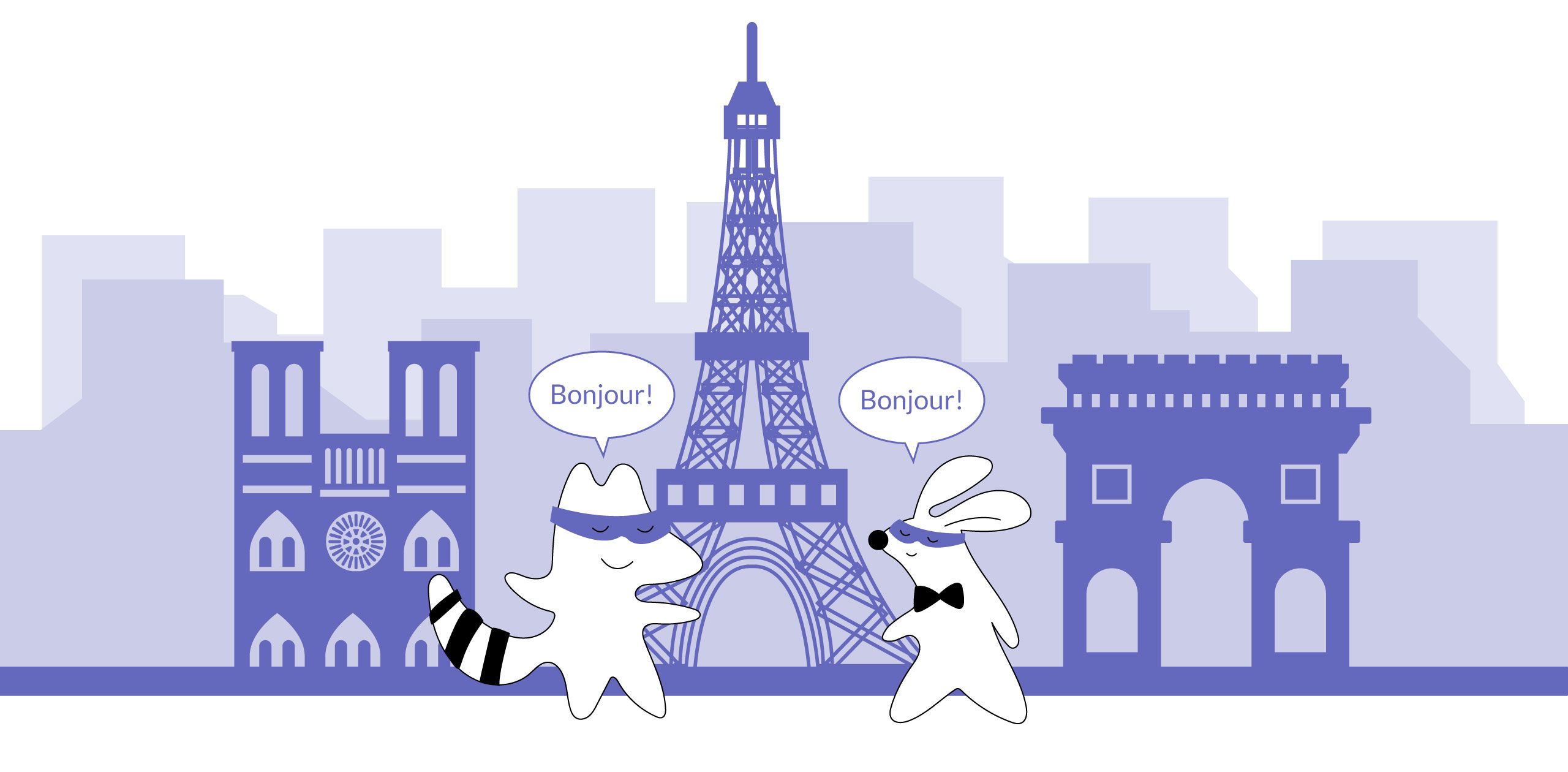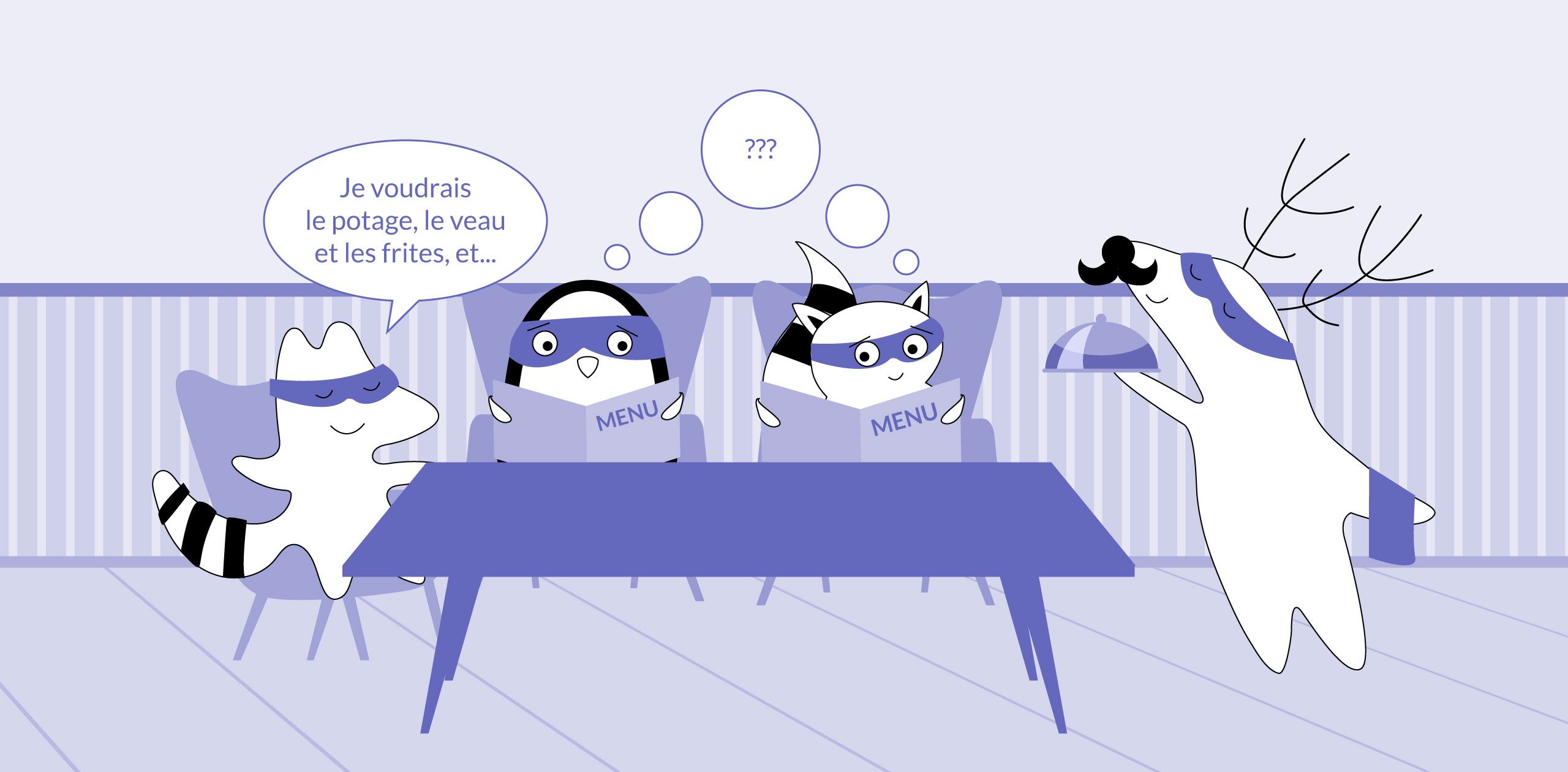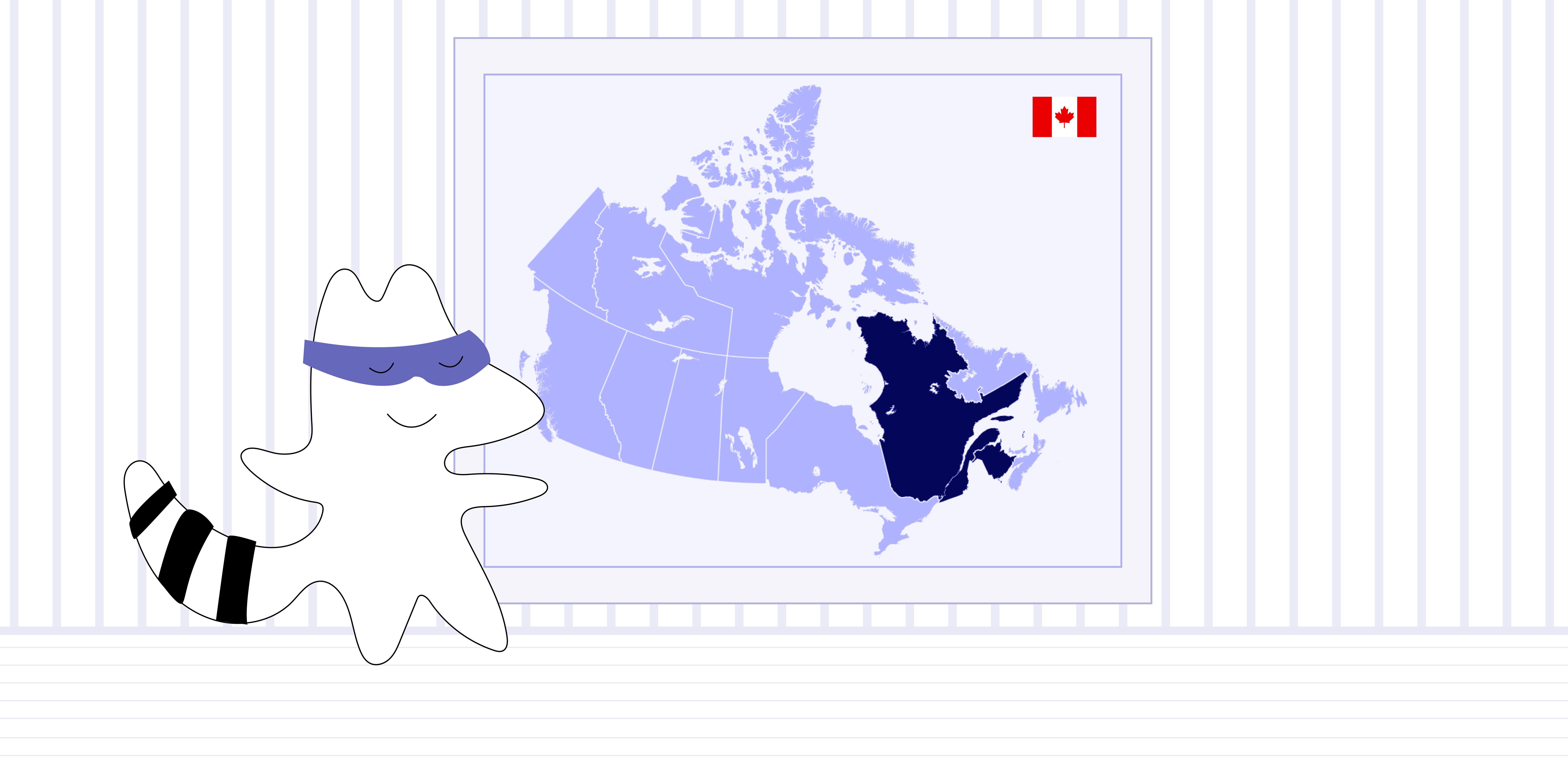
When we think of French culture, our minds often transport us to the quaint cafes and romantic streets of Paris. But there is another place where the rich tapestry of French history and language thrives — Canada.
This vast, beautiful country has a unique blend of cultures, with French influence being particularly strong in certain regions, such as Quebec and New Brunswick. From the charming cobblestone streets of Quebec City to the vibrant Acadian communities in eastern Canada, French heritage is alive and well in the Great White North.
In this article, we will journey through language and history as we explore the essence of French culture in Canada, delving into the roots, customs, and traditions that make these vibrant French Canadian communities an integral part of this diverse nation.
A treasure trove of stories awaits you — let's begin our exploration!
Learn French with Langster
The Roots of French Canadian Culture
Quebec
Quebec, the heartland of French Canadian culture, began its story as a French colony in the 16th century and was originally settled by French explorer Jacques Cartier. However, it was Samuel de Champlain who established a permanent fur trading post.
Early French settlers founded New France — a territory that spanned modern-day Quebec, Ontario, and parts of the United States. These pioneers brought with them their language, customs, and traditions, creating a foundation for what would become a distinct French Canadian identity.
The French and Indian War, which took place between 1754 and 1763, added another layer of complexity to the history of French Canadians. This conflict, part of the larger Seven Years War, saw French and British forces, along with their respective indigenous allies, fighting for control over the valuable North American territories.
The war ultimately ended in a British victory, resulting in significant territorial losses for France in Canada and further challenging the French-speaking population to maintain their cultural heritage amidst growing British influence.
Over time, New France became a melting pot of cultures as it welcomed immigrants from other parts of Europe, such as Ireland and Scotland. These new arrivals contributed to the evolving cultural landscape, bringing their own customs and beliefs.
Despite these influences, the strong ties to France remained an integral part of life. The French Canadians' unwavering connection to their European roots helped to preserve their unique language and heritage even as they adapted to life in North America. As a result, people of French Canadian descent can be found all across North America.
Today, Quebec's distinct identity has evolved into a mix of these diverse origins while remaining anchored in its French roots. This blend of cultures is evident in various aspects of Quebecois life, from the region's celebrated culinary traditions to its vibrant arts scene.
As Quebec continues to evolve and grow, its people remain steadfastly committed to preserving their rich heritage and passing it on to future generations.
The Acadians
The Acadians, now referred to as “Cajuns,” another significant group within the French Canadian community, have their own unique history.
Originally settling in what is now Nova Scotia and New Brunswick in the 17th century, they, too, developed their own customs and dialects as they navigated life in the New World. Over time, these settlers formed tight-knit communities based on shared values, such as resilience, hard work, and ingenuity.
However, the Acadians faced many challenges throughout their history. Notably, the British expulsion of Acadians in the mid-18th century — known as Le Grand Dérangement — scattered families across North America and beyond.
Despite these hardships, the Acadian culture has survived and thrived over the centuries. Today, Acadian communities in regions like New Brunswick and Louisiana continue to celebrate their unique heritage through music, food, and festivals.
Both Quebecois and Acadian cultures demonstrate the enduring strength of French Canadian identity. As we explore the fascinating tapestry of French culture in Canada, we are reminded of the power of tradition, language, and community in shaping our shared human experience.

The French Language: A Pillar of Identity
The French language serves as a powerful symbol of unity and identity for millions of Canadians — almost 10.4 million of them are French speakers.
While English is widely spoken across Canada, the ability to speak and preserve the French language is a vital component in maintaining their unique cultural heritage and fostering a sense of community among Francophones.
According to Statistics Canada 2016 census data, approximately 7.2 million Canadians consider French their mother tongue. In provinces like Quebec and New Brunswick, French is not only the predominant language but also an integral part of daily life.
Although Quebecois and Acadian dialects each have their own nuances and expressions, they both contribute to the rich tapestry of the French language in Canada. These dialects have evolved over time, blending with indigenous languages and drawing influence from English.
This linguistic evolution has given rise to regional variations, which are celebrated as important reflections of the diverse French Canadian experience.
Recognizing the importance of bilingualism, Canada has enacted policies to promote French language education. The Official Languages Act of 1969 established both English and French as the official languages of Canada, ensuring that government services and communications are available in both languages.
This legislation has also led to increased support for immersion programs in French language schools nationwide.
As a result, an increasing number of Canadians are embracing this linguistic duality, proudly identifying as bilingual and bicultural. This growing appreciation for the French language not only strengthens the ties between Canada's diverse communities but fosters greater understanding and respect for the nation's rich cultural mosaic.
By preserving and promoting this beautiful language, French Canadians honor the legacy of those who came before them while ensuring that future generations can continue to celebrate and cherish their unique French Canadian heritage.
Culinary Delights: A Taste of France in Canada
From mouthwatering poutine (french fries and flavored gravy mixed with chunks of cheese curd) to delectable tourtière (meat pie), Quebec boasts a culinary scene that rivals its European counterpart.
The province's gastronomic offerings are heavily influenced by traditional French cuisine, showcasing a love for artisanal ingredients and expert preparation techniques.
Quebec's rich agricultural heritage contributes to the quality and variety of its local produce, such as maple syrup, cheese, and an array of fruits and vegetables. This abundance enables chefs to create exquisite dishes that highlight the best of the region's natural bounty.
Furthermore, the province's long-standing relationship with the culinary arts has led to the establishment of world-renowned cooking schools, attracting aspiring chefs from around the globe.
Acadian cuisine also offers its own unique flavors. Drawing inspiration from their coastal surroundings, traditional Acadian dishes feature seafood as a staple ingredient — think clam chowder, lobster rolls, and seafood-laden poutines.
Acadian cooks have also developed their own distinctive dishes, such as rappie pie (a grated potato casserole) and ployes (buckwheat pancakes), which showcase their resourcefulness and creativity in the kitchen.
In addition to these traditional offerings, French Canadian cuisine continues to evolve as contemporary chefs experiment with new techniques and global influences. This fusion of old and new results in a dynamic culinary landscape that caters to diverse tastes while still remaining true to its roots.
Whether dining at a cozy bistro or indulging in homemade crepes at a local market, food lovers will revel in the opportunity to savor French Canadian culinary delights. The richness of this gastronomic tradition not only tantalizes the taste buds but also offers a window into the history and culture that have shaped this vibrant community.
So, grab your fork and knife, and let your senses guide you through a culinary journey that is sure to satisfy even the most discerning palate!

A Rich Literary Tradition
French Canadian literature spans centuries, reflecting the diverse experiences of its people. Early works chronicled the struggles and triumphs of settlers in New France, while contemporary authors offer vivid portrayals of modern life.
Gabrielle Roy, one of Canada's most beloved authors, masterfully captured the spirit of native Quebec in her works. Other noteworthy writers include Michel Tremblay, whose plays explore themes of identity and social change, and Antonine Maillet — an Acadian author celebrated for her imaginative storytelling.
Through their words, these authors provide a glimpse into the heart and soul of French Canadian culture.
Festivals Celebrating French Canadian Heritage
Festivals are a fantastic way to immerse oneself in French Canadian culture. For instance, Quebec City's Winter Carnival is an annual event that showcases the region's joie de vivre with parades, ice sculptures, and traditional music.
For those with a penchant for the arts, Montreal's Just for Laughs comedy festival and the Festival d'été de Québec, a large-scale music event, offer opportunities to enjoy performances in both English and French.
The Acadian World Congress, held every five years, is another celebration that unites Acadians from across the globe to honor their shared heritage through music, dance, and cultural activities.
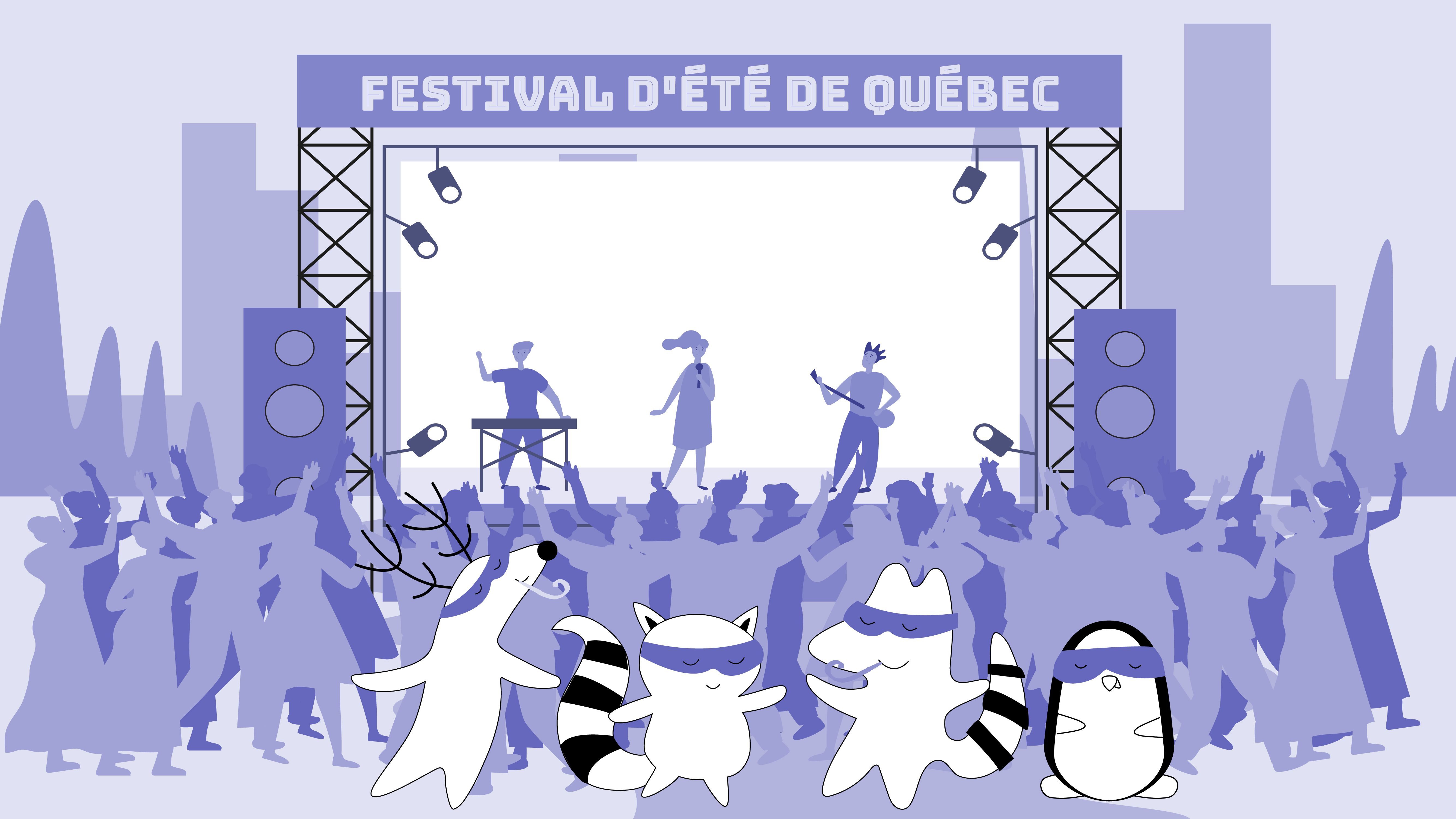
Architectural Treasures
Strolling through the streets of Québec City is like stepping back in time. The city's historic district, known as Old Québec, is a UNESCO World Heritage Site, boasting stunning examples of French colonial architecture. With its fortified walls, narrow cobblestone streets, and ornate stone buildings, it offers a glimpse into the past that is both enchanting and captivating.
One of the most iconic landmarks in Québec City is the majestic Château Frontenac. Perched high above the St. Lawrence River, this grand hotel embodies the elegance and sophistication of late 19th-century château-style architecture. Its imposing presence dominates the city skyline, serving as a constant reminder of Québec's rich history.
Another architectural gem is found in the charming Petit Champlain neighborhood. This quaint area is home to some of the oldest buildings in North America, with many dating back to the early 17th century. As visitors wander through narrow streets lined with artisan shops and cozy bistros, they can appreciate the beauty of this architectural legacy that has been lovingly preserved over centuries.
Acadian architecture also has its own distinct features. Brightly painted homes adorned with unique "Acadian star" patterns reflect a blend of European and indigenous influences. These vibrant houses, often characterized by steep roofs and decorative trim, showcase the Acadians' resourcefulness and adaptability.
In addition to residential structures, Acadian communities boast impressive churches that serve as focal points for social gatherings and celebrations. One such example is Sainte-Anne-du-Bocage in Caraquet, New Brunswick — a beautiful wooden church built in 1791 that stands as a testament to Acadian resilience and faith.
As you explore the architectural treasures of French Canada, be it within the enchanting streets of Québec City or among colorful Acadian homes, you will surely be inspired by the craftsmanship and heritage that have shaped these unique landscapes. So, lace up your walking shoes and prepare to be transported through time as you discover the rich architectural legacy of French Canada!
A Vibrant Art Scene
French Canadian art encompasses a wide array of styles and mediums. Traditional folk art remains popular, featuring intricate wood carvings and colorful textiles. Contemporary artists like Jean-Paul Riopelle and Marc-Aurèle Fortin have gained international acclaim for their innovative approaches to painting.
In addition to visual arts, French Canadian music is incredibly diverse. From traditional Québécois chansons to contemporary indie bands, there is something for every taste.
And the world of French Canadian cinema has also made its mark on the global stage.
Acclaimed filmmakers such as Denis Villeneuve, known for his visually stunning films like Blade Runner 2049 and Arrival, and Xavier Dolan, whose deeply emotional films like Mommy and Laurence Anyways have garnered international praise, showcase the rich talent within the French Canadian film industry. These auteurs have brought compelling stories to life on screen while proudly representing their unique cultural heritage.
The Bottom Line
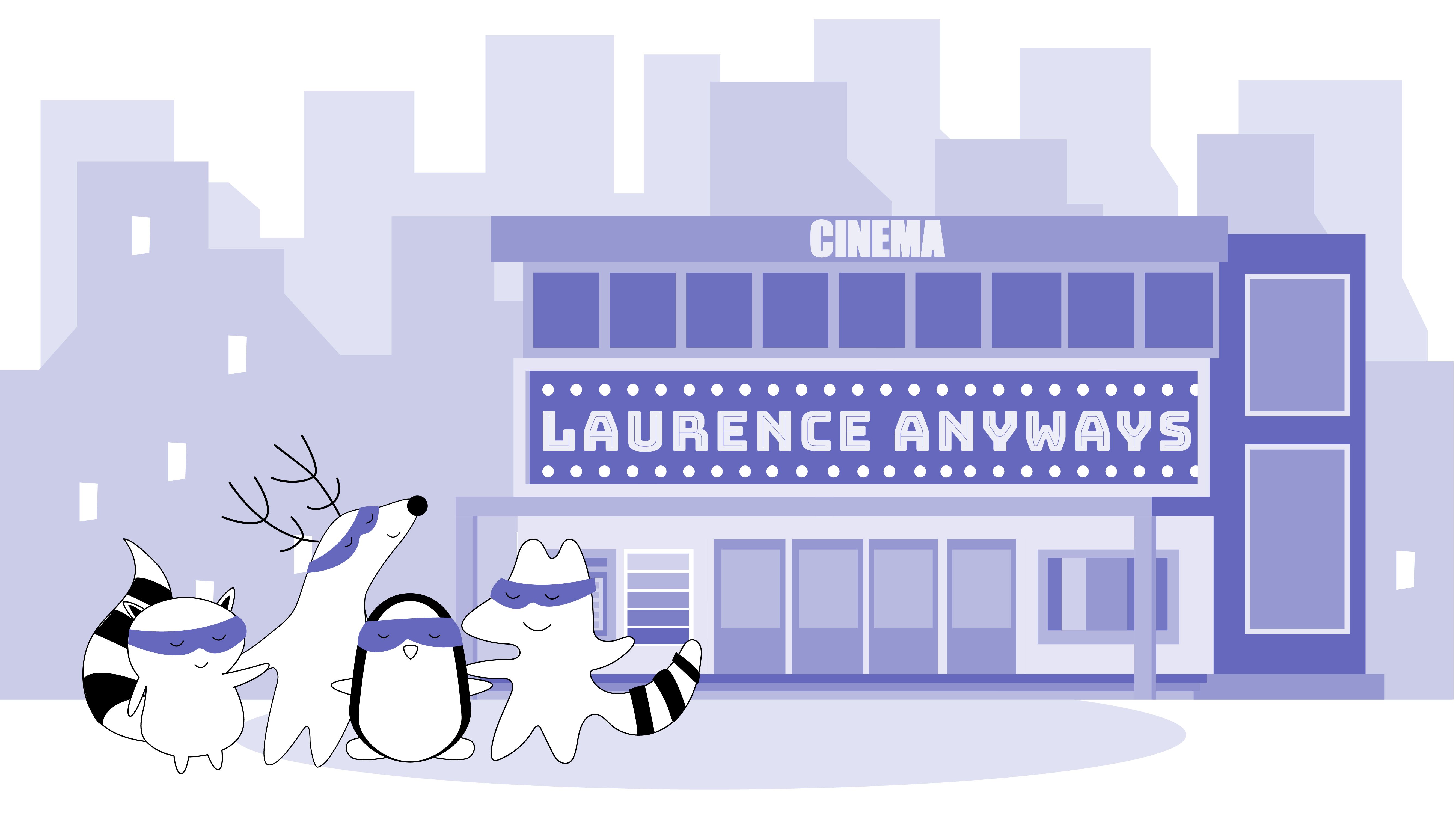
Through language, history, and an array of cultural offerings, French Canada provides a captivating glimpse into a unique part of the world.
Today, French Canadians are proud to preserve their heritage while also embracing modern influences from both within and outside Canada. This delicate balance between tradition and innovation is evident in every aspect of French Canadian culture — from the arts and cuisine to education and politics.
By exploring these various facets of French Canadian life, we can gain a deeper appreciation for the rich cultural tapestry that defines this fascinating corner of the world.
Whether you are exploring the picturesque streets of Quebec City or attending an Acadian festival, experiencing French Canadian culture is an unforgettable journey. So, pack your bags (thanks to our Langster app, your French vocabulary is always at hand!), and immerse yourself in this rich cultural tapestry!







